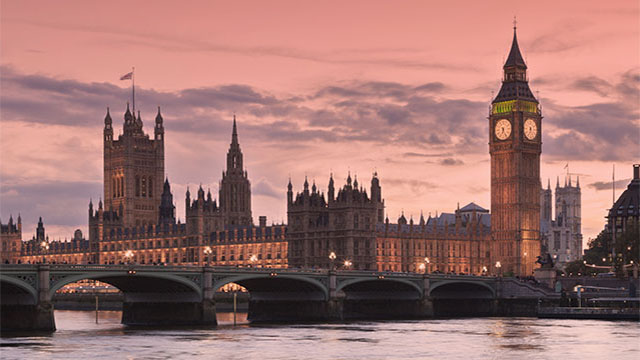Motor dealerships are relatively new territory for investors, but buyers have become enthusiastic very quickly.
As more investors have piled into the market, returns have diminished, with a resulting drop in yields.
Between 2000 and 2002, according to GVA Grimley, yields remained static at 7.25% but since then, despite a quarter per cent climb in 2003, they have fallen steadily to 5%.
The reason prime yields on car showroom sites have been pushed down is clear enough. It is the same circumstances that have governed falling yields in other commercial property sectors: lots of money chasing limited investment opportunities.
Martin Carey, investment partner at Rapleys, says: “It is only in the last three to five years that roadside sites have become institutionally acceptable as investments, but there is a huge weight of money in the market.”
Richard Harding, partner at Hoddell Stotesbury Morgan, agrees.
He adds: “Investors have seen good value, long leases and the possibility of alternative uses of sites, all of which has made the sector attractive.”
Harding says that initial yields may have fallen but with many leases 15 years long with guaranteed rent increases, they give the long-term security of income which many investors find attractive.
One of the key questions for investors now is whether yields will continue to fall or whether they will now stabilise.
“Yields depend a lot on particular dealerships and where they are,” says Harding, adding, “a Daimler-Chrysler dealership in the South East might get to 4.8% or 4.9% but I don’t think that average yields are going to fall much farther now.”
Some argue that one reason yields might still have a little further to fall is that the big dealerships taking an increasing proportion of the market have the financial standing which gives investors more confidence.
It may be that deals such as Pendragon’s purchases of CD Bramall and, more recently, Reg Vardy, will help to fuel further downward pressure on yields.
Bill Bexson, consultant to Strutt & Parker, is one of those who argue that yields will fall to 4.5%, partly because of such consolidation.
This is because investors feel happier with major companies as leaseholders, as they are seen as more financially solid and reliable.
Investors are therefore comfortable paying more for a dealership which is run by one of the big companies.
This can be very good news for investors who own the buildings used by small dealerships which are bought by larger ones.
Bexson explains: “Investors are reluctant to make the assumption that there will be capital growth in an investment, but capital values do go up when local dealerships are taken over by a big company.”
This is exactly what happened, says Bexson, when the William Jacks group was bought by Sytner for £10m in February, the same month that Pendragon bought Reg Vardy.
The value of the sites immediately looked more attractive precisely because Sytner was the dealer.
There is plenty of opportunity left for investors to move into the motor dealership market as, despite recent deals, well over half of the market is still owned freehold by dealers themselves.
GVA Grimley estimates that by the end of this year 67% of the dealership market will still be freehold, suggesting there are still abundant sale-and-leaseback opportunities.
What has happened in the past three years is that such investment opportunities have moved into the mainstream.
Investors now include annuity funds, which like long leaseholds and guaranteed rents in order to match what they have to pay out to their pensioners; general insurance and pension funds such as Morley, Legal & General and AXA; and private investors, although the lower yields may put off some of these who demand a higher, faster return on their investment.
As yields have fallen, so rents have gone up in the automotive sector. Prime rents rose by 35% between 2000 and 2006, according to the GVA Grimley’s automotive index, outperforming all other sectors monitored by the company.
On the face of it, this is good news for investors but it does put pressure on profit margins for the dealers. Several have reduced the number of dealerships they run because of property costs: HR Owen, for example, has reduced its dealerships by half, from 50 to 25.
And new car sales have been falling since 2004, with registrations for 2006 forecast to be 3.7% down on 2005, according to the Society of Motor Manufacturers & Traders.
But none of this seems likely to be about to put off investors, particularly from the prime sites in major cities, where the dealerships such as Pendragon, Sytner and Inchcape look set to go from strength to strength.
|
|










